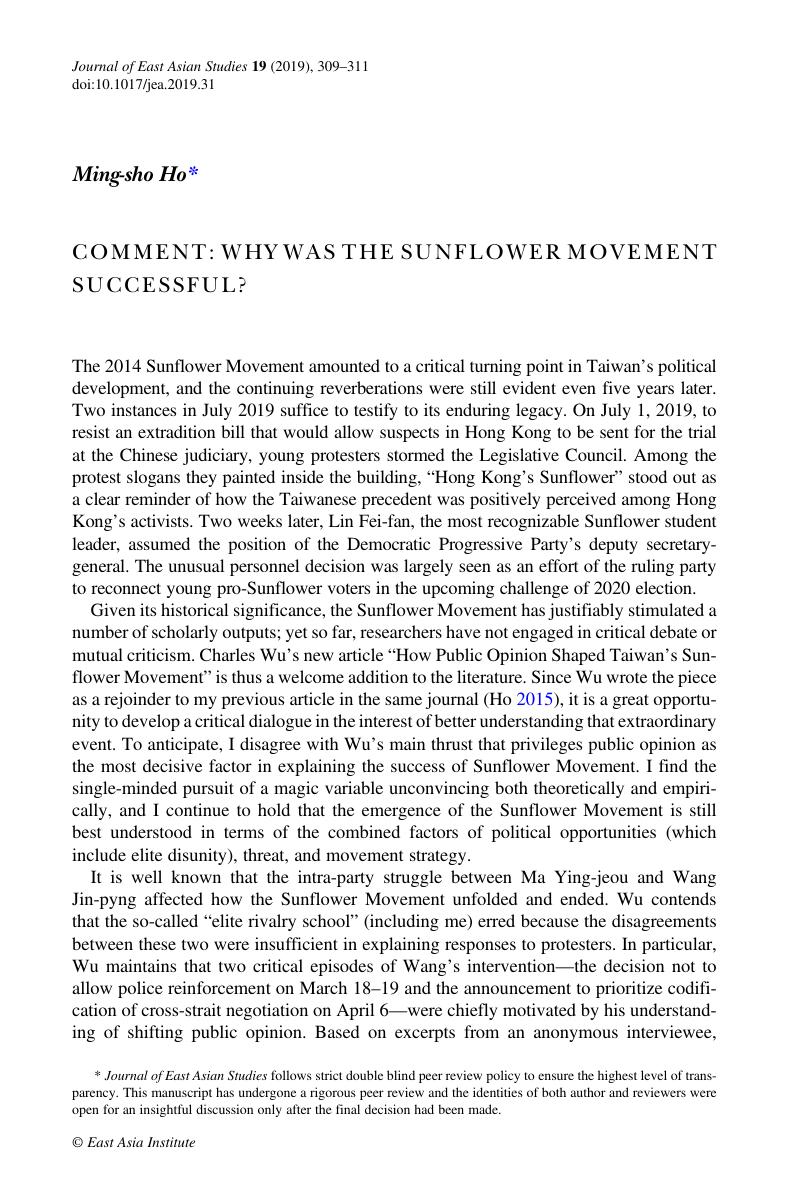Crossref Citations
This article has been cited by the following publications. This list is generated based on data provided by Crossref.
Tseng, Yu-Shan
2023.
Assemblage thinking as a methodology for studying urban AI phenomena.
AI & SOCIETY,
Vol. 38,
Issue. 3,
p.
1099.





